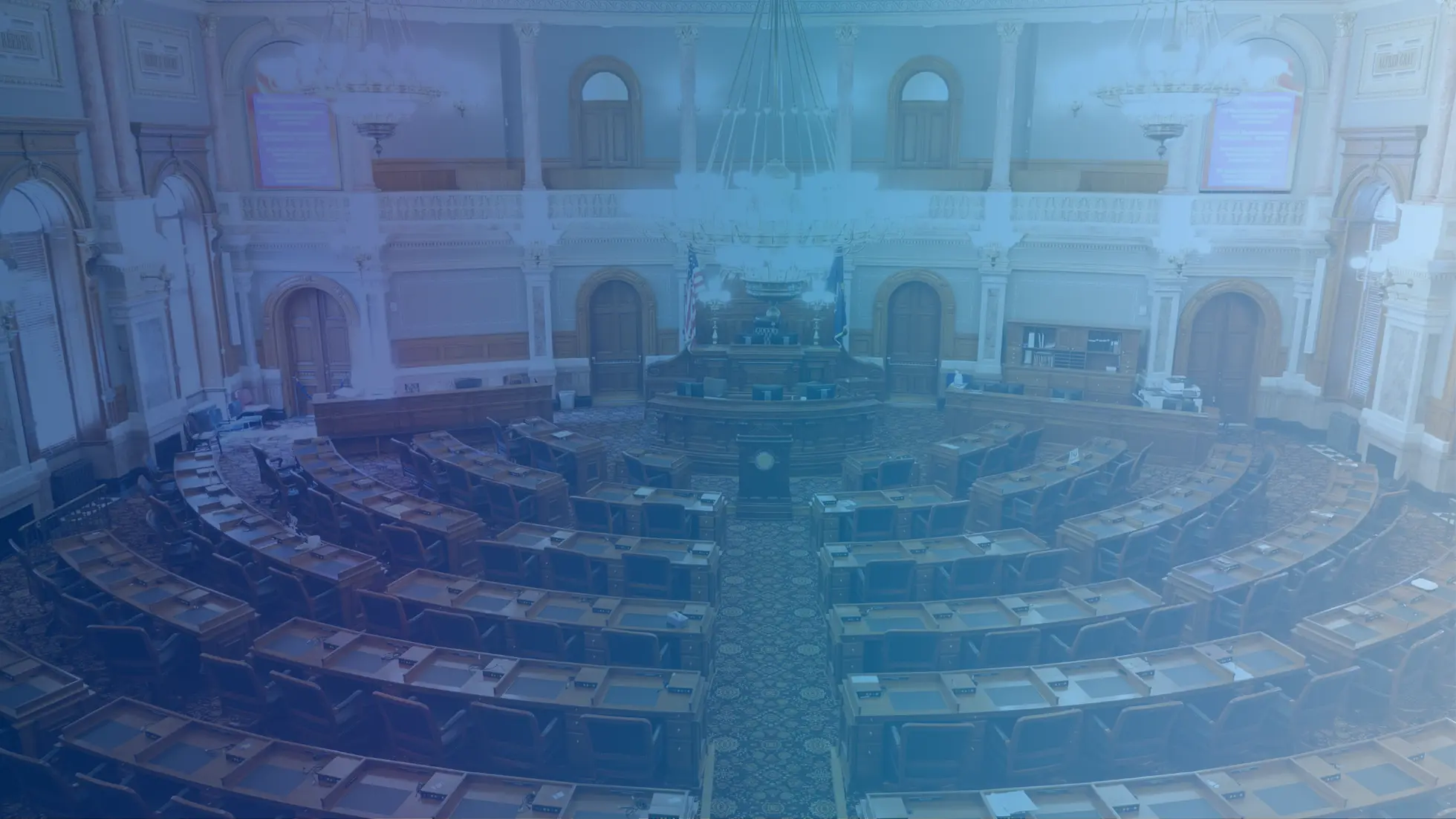
Timing is everything in civil litigation. Statutes of limitations can determine whether a lawsuit can proceed or be dismissed before it begins. For attorneys, understanding these critical deadlines is essential to evaluating claims, advising clients, and protecting against malpractice. For litigants, knowing when to act can be the difference between asserting a right and losing it forever.
California’s statutes of limitations are governed by the California Code of Civil Procedure and vary widely depending on the type of claim. This guide explores the basics of the statute of limitations in California civil cases, including key timelines, tolling rules, and practical considerations for avoiding time-barred claims.
What Is a Statute of Limitations?
A statute of limitations is a legal deadline by which a party must initiate a lawsuit. Once the statute expires, the claim is generally barred and will not be heard, regardless of its merits.
Statutes of limitations are intended to:
- Encourage timely resolution of disputes
- Ensure evidence and witness recollections remain fresh
- Promote fairness and certainty in legal proceedings
Each cause of action—such as breach of contract, personal injury, or fraud—has its own limitations period, measured from the date the claim “accrues.”
General Civil Statutes of Limitations in California
Here are some of the most common statutes of limitations for California civil cases under the California Code of Civil Procedure (CCP):
| Type of Claim | Statute | Time Limit |
| Personal Injury (e.g., car accident) | CCP § 335.1 | 2 years from date of injury |
| Property Damage | CCP § 338(b) | 3 years from date of damage |
| Breach of Written Contract | CCP § 337 | 4 years from breach |
| Breach of Oral Contract | CCP § 339 | 2 years from breach |
| Fraud | CCP § 338(d) | 3 years from discovery |
| Medical Malpractice | CCP § 340.5 | 1 year from discovery, or 3 years from injury, whichever is earlier |
| Legal Malpractice | CCP § 340.6 | 1 year from discovery, max 4 years |
| Libel or Slander | CCP § 340(c) | 1 year from publication |
| Claims Against Government Entities | Gov. Code § 911.2 | Must file claim within 6 months (or 1 year for certain claims) before suing |
Each deadline can be affected by tolling rules or delayed discovery, so the specifics matter.
When Does the Clock Start? Accrual and Discovery
A cause of action typically “accrues” when all elements of the claim are present, and the plaintiff has the right to sue. However, some statutes allow for a delayed discovery rule—meaning the clock doesn’t start until the plaintiff knew (or reasonably should have known) about the injury and its cause.
Example:
In a fraud case under CCP § 338(d), the statute runs three years from the date of discovery, not from the actual fraud event. Courts will ask when a reasonably diligent person would have uncovered the wrongdoing.
Tolling the Statute of Limitations
“Tolling” temporarily stops or extends the statute of limitations period. Tolling may occur under several circumstances:
- Minority or Incapacity (CCP § 352): If the plaintiff is under 18 or legally incapacitated, the statute is tolled until the disability ends.
- Out-of-State Defendants (CCP § 351): If the defendant is not in California, tolling may apply until they return or are otherwise reachable.
- Automatic Stay (Bankruptcy): If the defendant files for bankruptcy, an automatic stay halts most lawsuits until lifted.
- Pending Class Actions: Participation in a class action may toll individual claims if the class is later decertified.
Tolling rules are complex and fact-dependent, making careful analysis essential when assessing claim viability.
Government Claims: Shorter Deadlines and Extra Steps
If a claim is against a public entity (such as a city, school district, or government agency), California’s Government Claims Act imposes a mandatory administrative claim process before filing suit.
- Deadline to file a government claim:
- 6 months for personal injury, property damage, or wrongful death
- 1 year for breach of contract or other causes of action
- Deadline to file lawsuit:
- If the claim is rejected, the plaintiff generally has 6 months from the rejection date to file suit.
Failure to comply with these strict procedures can be fatal to the claim. Attorneys must be especially vigilant when government entities are involved.
Strategic Considerations for Lawyers
Missing a statute of limitations can result in a dismissed case—and potential malpractice liability. Here are some tips for staying ahead:
Confirm Accrual Dates Early
Get clear, documented timelines from the client. Ask about the discovery of harm, communications with the defendant, and any prior legal advice.
Use Calendaring Tools
Set up firm-wide ticklers and reminders for limitation deadlines and tolling events.
Advise Clients Promptly
Don’t delay in communicating deadlines. Clients may not understand the urgency unless it’s made explicit.
Preserve Evidence
Even before filing, issue litigation holds and preserve key documents. Memories fade and evidence can be lost, even if the statute hasn’t run yet.
Be Aware of Cross-Jurisdictional Issues
If the case involves multiple states or international parties, consult choice of law principles and compare limitation periods.
Statute of Limitations Defenses
For defendants, the statute of limitations can be a powerful affirmative defense. Common defense strategies include:
- Proving the claim accrued earlier than alleged
- Arguing the plaintiff failed to act within the statutory period
- Challenging the sufficiency of delayed discovery claims
- Disputing tolling or alleging lack of diligence
Attorneys defending civil actions should examine the timeline carefully and raise the defense early—often through a demurrer or motion for summary judgment.
CEB provides a range of online services designed to enhance legal practice, including Practitioner, CEB’s all-in-one legal research solution with authoritative practice guides. Practitioner is meticulously crafted by California lawyers for California lawyers, providing comprehensive insights and resources tailored to your specific needs. All practice guides seamlessly integrate with CEB’s primary law research tool, empowering you to delve into California, Ninth Circuit Court of Appeals, and U.S. Supreme Court case law, alongside California statutes and the California Constitution. As part of the Practitioner subscription, you gain access to DailyNews, ensuring you stay updated on any critical new cases or developments in your field. And don’t forget, Practitioner also includes TrueCite®, CEB’s powerful case law citator, enhancing your research efficiency and accuracy.




